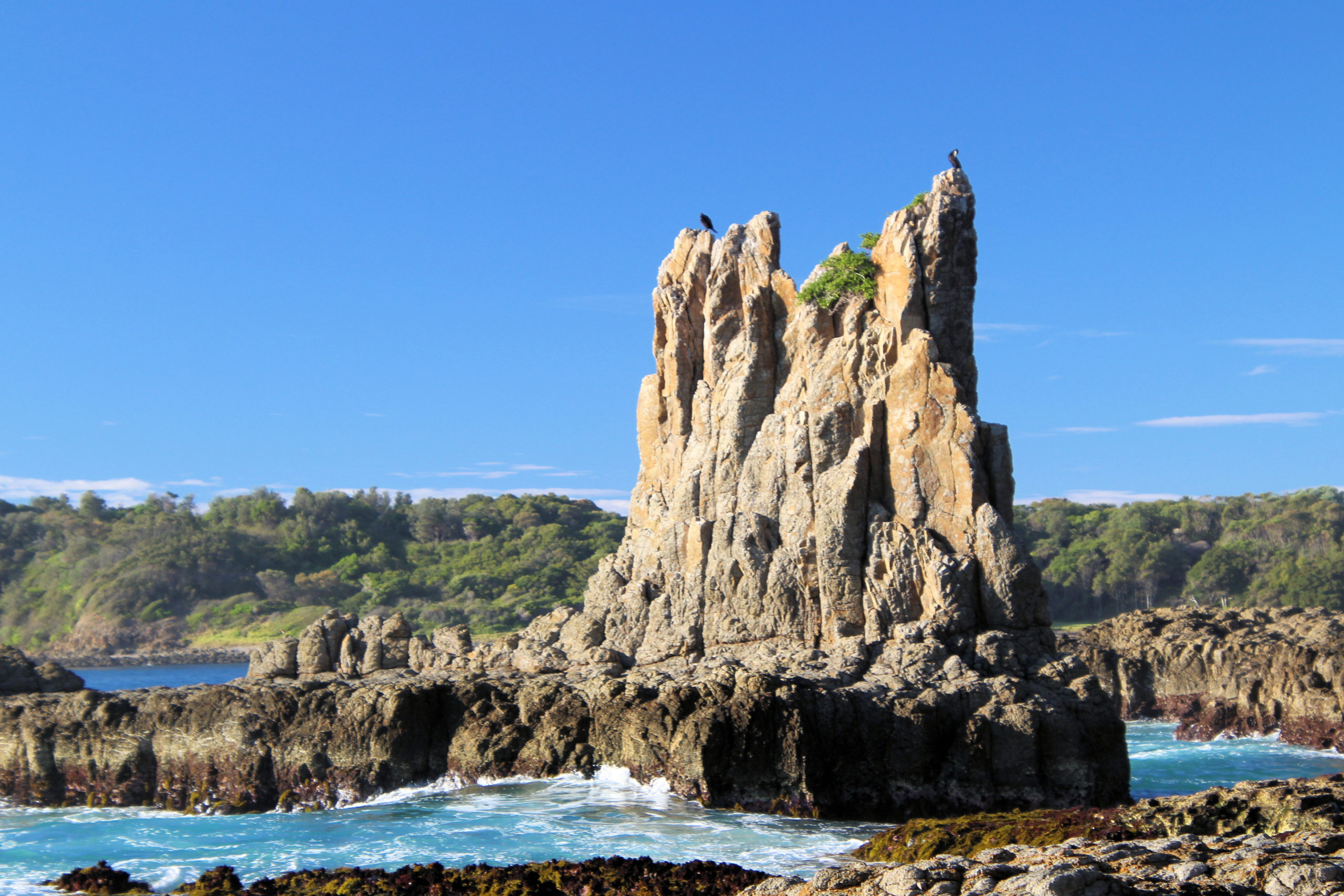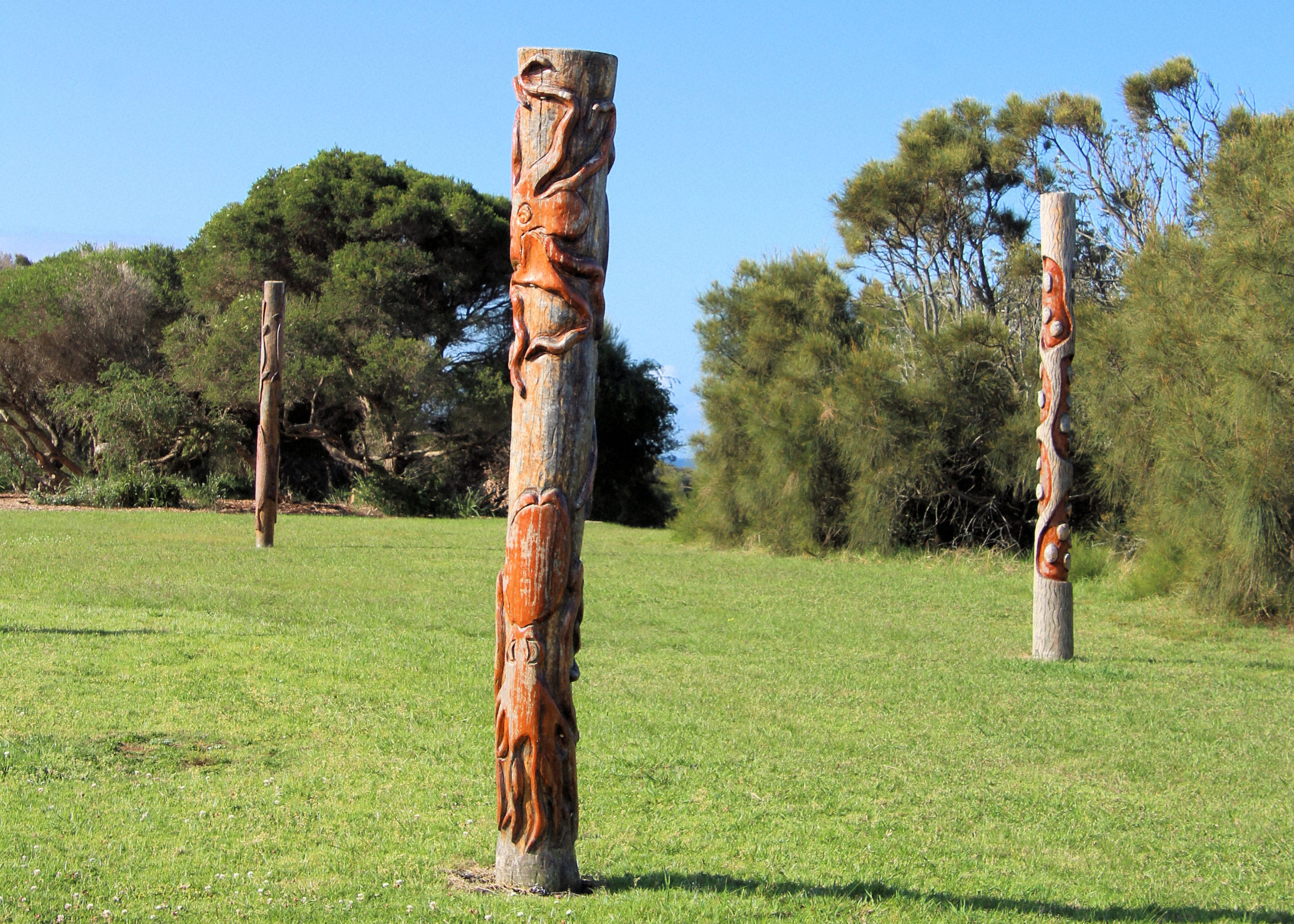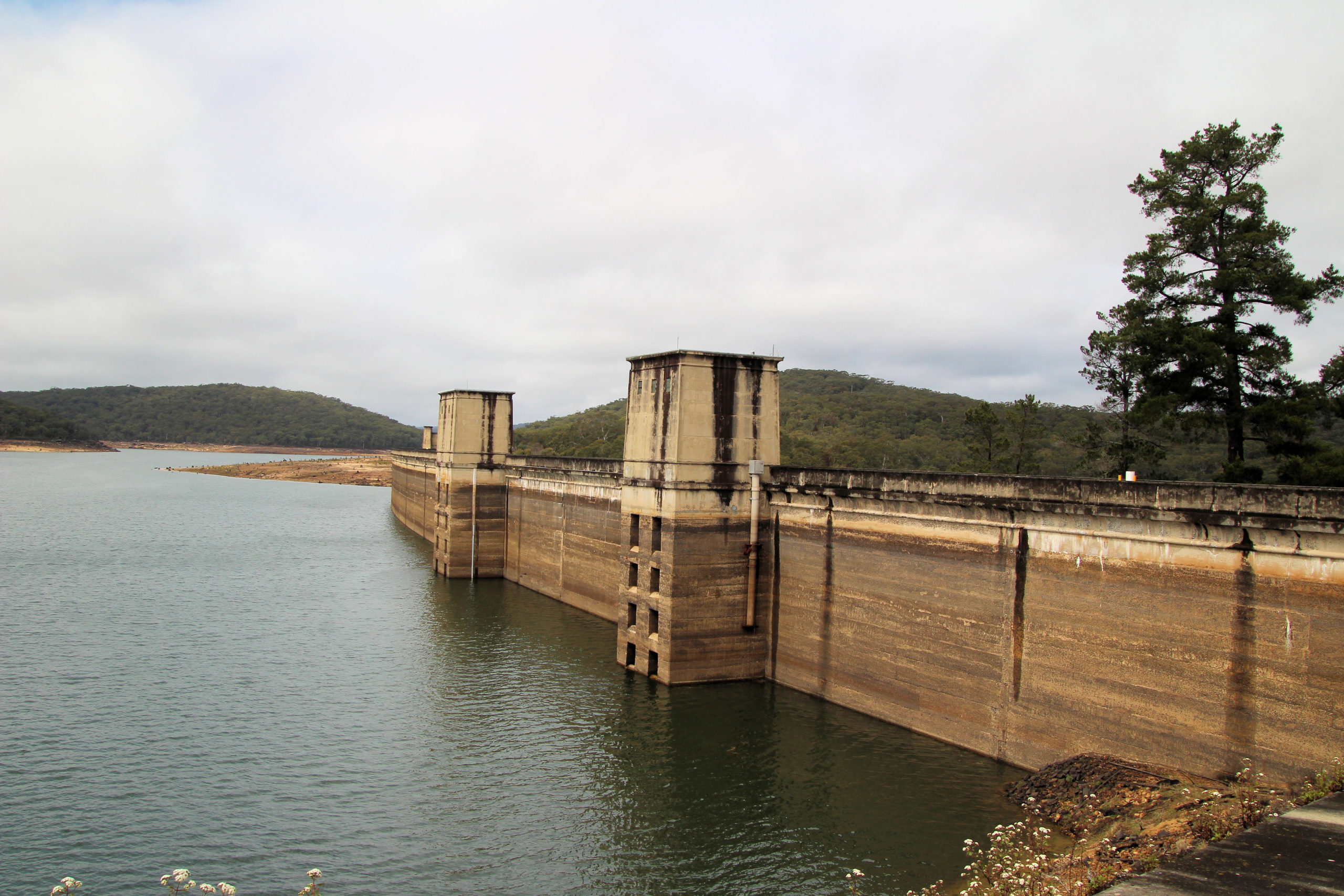Category: South Coast
-
Cathedral Rocks Kiama on the NSW South Coast

How to Get There Located three kilometers, north of Kiama, Cathedral Rocks are an unusual volcanic rock formation, famous for their distinctive shape. We viewed them from two locations, up close from Jones Beach and further away from Cliff Drive. Jones Beach has an excellent car park, with easy beach access, making it an ideal… Read more
-
Crookhaven Heads Shoalhaven New South Wales

Crookhaven Heads While travelling to Jervis Bay, we decided to stop at Crookhaven Heads, as it would be a good break and let us see an old lighthouse. A small car park near the Marine Rescue Station is the start of a 5 minute walk to the lighthouse. Crookhaven Heads Lighthouse The walk to the… Read more
-
Cordeaux Dam New South Wales Australia

Cordeaux Dam Constructed between 1918 and 1926, Cordeaux Dam provides water to Macarthur and Illawarra regions, the Wollondilly Shire, and metropolitan Sydney. Egyptian-Style gateways and housings on the dam wall enhance the appearance of the structure and reflect the time of construction, as many Australian soldiers served in Egypt during World War One. Cordeaux Dam… Read more